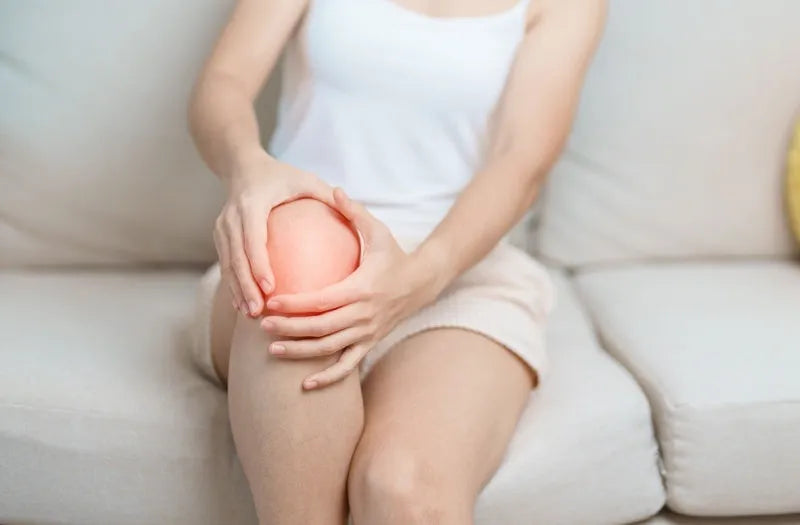
How Does Aging Affect Joint Fluid?
As we age, the natural wear and tear on our joints becomes more apparent, often leading to stiffness and discomfort. One critical element in joint health that takes a hit over time is synovial fluid, the viscous liquid that acts as a lubricant and shock absorber in our joints. But what exactly happens to this joint fluid as we age, and how can we maintain healthy joint lubrication to keep moving smoothly?
What is Synovial Fluid?
Synovial fluid is essential for joint function. It reduces friction between bones and cartilage, cushions impacts, and nourishes the cartilage that lines our joints. Think of it as the oil in a car engine – without it, things start grinding, leading to pain, swelling, and stiffness.
The Impact of Aging on Synovial Fluid

As we age, the composition and production of synovial fluid begin to change. This can lead to several issues, including:
Reduced Production: Our bodies produce less synovial fluid as we get older. With less fluid, joints are less lubricated, leading to increased friction and the possibility of damage.
Thickened Fluid: The fluid itself can become less viscous, meaning it’s not as good at reducing friction between moving parts. It’s as if your joint oil gets thicker, making movement more sluggish and difficult.
Decreased Hyaluronic Acid Levels: Hyaluronic acid is a key component of synovial fluid that helps with its viscosity and lubricating properties. With age, the body produces less of this crucial substance, leading to stiffer, less flexible joints.
Inflammation: Aging often brings about chronic inflammation, which can affect the health of the synovial membrane—the tissue that produces synovial fluid. Inflammatory conditions like osteoarthritis are more likely to develop when the joints are not properly lubricated.
How to Maintain Joint Lubrication Over Time

While some changes in joint fluid are inevitable, there are several steps you can take to help maintain or even improve the lubrication in your joints as you age:
Stay Active: Regular movement is essential to stimulate the production of synovial fluid. Low-impact exercises such as swimming, cycling, and yoga can keep joints mobile without causing strain.
Hydration is Key: Synovial fluid is primarily made up of water, so staying hydrated ensures your body has the resources it needs to produce enough fluid. Aim for at least 8 glasses of water a day, or more if you’re physically active.
Eat Omega-3 Rich Foods: Omega-3 fatty acids, found in fish like salmon and mackerel, as well as flaxseeds and walnuts, have anti-inflammatory properties. They can help reduce joint inflammation and support the health of your synovial membrane.
Supplements: Certain supplements can support joint health and promote the production of hyaluronic acid. Discuss with your healthcare provider whether these might be beneficial for you.
 Maintain a Healthy Weight: Excess weight puts extra stress on your joints, speeding up the breakdown of cartilage and causing further fluid loss. Maintaining a healthy weight can ease this pressure and help protect your joint health long-term.
Maintain a Healthy Weight: Excess weight puts extra stress on your joints, speeding up the breakdown of cartilage and causing further fluid loss. Maintaining a healthy weight can ease this pressure and help protect your joint health long-term.
Stretch Regularly: Stretching helps improve flexibility and keeps joints moving smoothly. Incorporating gentle stretches into your daily routine can keep joint fluid circulating and prevent stiffness.
In Conclusion
While the aging process naturally affects joint fluid, taking proactive steps like staying active, hydrating, eating a balanced diet, and considering joint-friendly supplements can help maintain joint lubrication and support healthy movement throughout life. With a little care, you can keep your joints well-oiled and moving smoothly, no matter your age!
